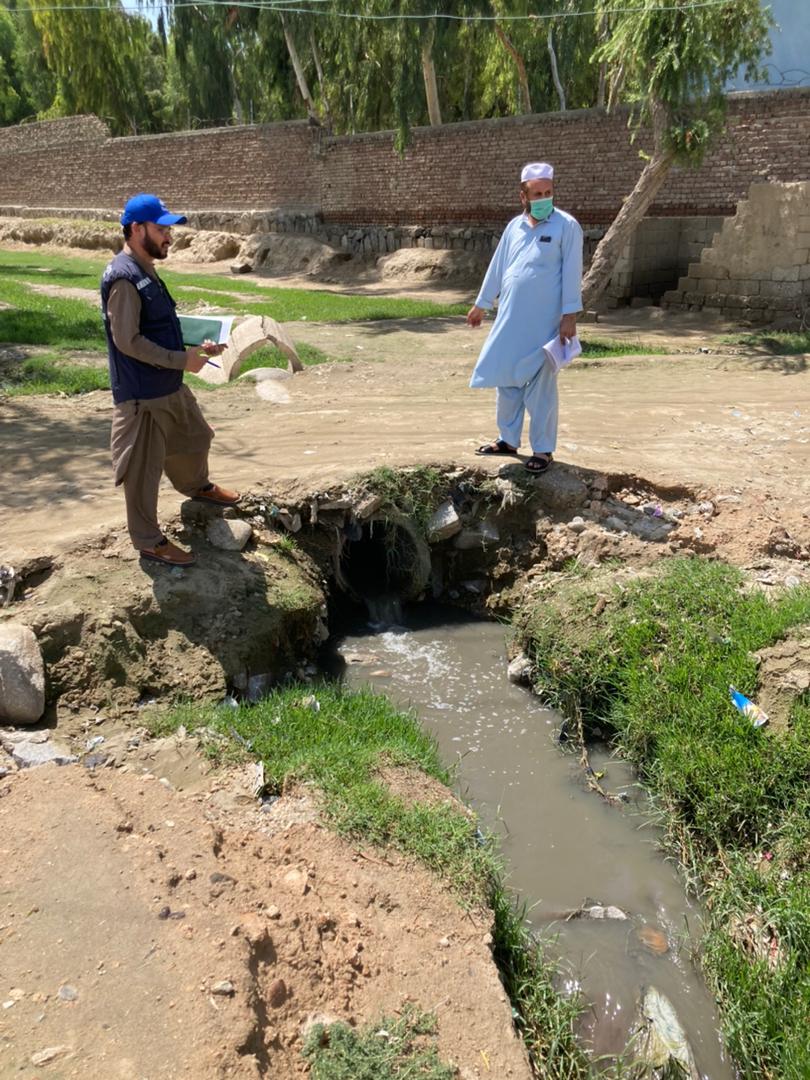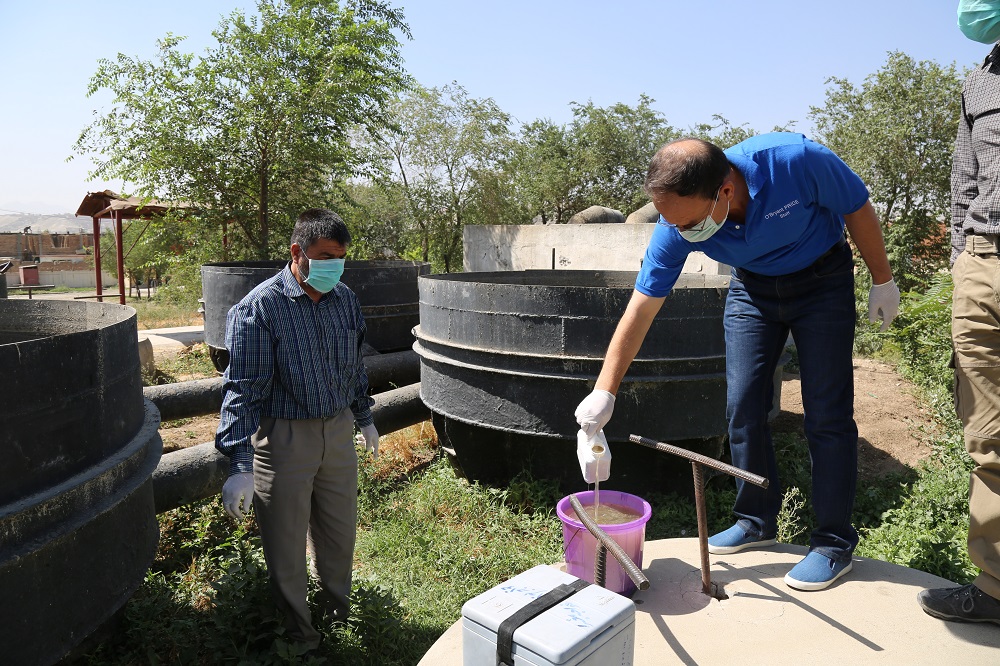 The site at Pezand Pana Dafter in Nangarhar province has produced 3 positive environmental samples since coming online in September19 December 2022 – Recommendations from the international review of Afghanistan’s poliovirus surveillance system are yielding important results for the country’s eradication programme.
The site at Pezand Pana Dafter in Nangarhar province has produced 3 positive environmental samples since coming online in September19 December 2022 – Recommendations from the international review of Afghanistan’s poliovirus surveillance system are yielding important results for the country’s eradication programme.
The review team, comprising experts including virologists and epidemiologists, visited Afghanistan in June, conducting a comprehensive nationwide assessment of the country’s polio surveillance system. Among their recommendations was the need to address gaps in environmental surveillance and expand the number of environmental surveillance sites in areas deemed high risk for polio, including the country’s east, southeast, south and west regions, to ensure any presence of the virus is quickly detected.
Afghanistan’s AFP surveillance system – monitoring for signs of acute flaccid paralysis in children under 15 years of age – is complemented by environmental surveillance – the collection of sewage samples at designated sites to check for the presence of the virus in the community. Together, they enable the programme to detect where the virus may be circulating and, importantly, mount a timely response.
Following the review’s recommendations, 3 new environmental surveillance sites have now come online, bringing the total number of sites in Afghanistan to 32. One of those sites, at Pezand Pana Dafter in Nangarhar province has produced 3 positive environmental samples since coming online in September. The programme quickly mounted a response targeting 1.4 million children under 5 years of age in all 4 eastern provinces – Nangarhar, Kunar, Laghman and Nuristan.
“Surveillance is the eyes and ears of the polio programme, and environmental surveillance plays an important part in eradicating polio because it enables the programme to detect the presence of the virus,” says Dr Khushhal Khan Zaman, who oversees polio surveillance for WHO Afghanistan. “Environmental surveillance tells us very plainly where transmission is likely happening.”
WHO guidelines stipulate that an environmental site be located in areas with substantial populations, and with flowing sewage water. In Afghanistan, sites are established in major cities and larger population centres with existing wastewater and drainage systems. Communities with mobile populations are also a focus. Samples are regularly taken and sent to a WHO-accredited polio laboratory for testing.
Afghanistan has made significant progress in interrupting transmission of the virus. From 56 children paralysed by wild poliovirus type 1 in 2020, so far this year there have been 2 cases, in Paktika and Kunar provinces. Seventeen positive environmental samples have been detected in 2022, all in the country’s eastern region.
Further environmental surveillance sites are planned as WHO Afghanistan continues to implement recommendations from the surveillance review.
 Following the recommendations of the 2022 International Polio Surveillance Review, the programme has expanded the number of environmental surveillance sites across Afghanistan to 32
Following the recommendations of the 2022 International Polio Surveillance Review, the programme has expanded the number of environmental surveillance sites across Afghanistan to 32








